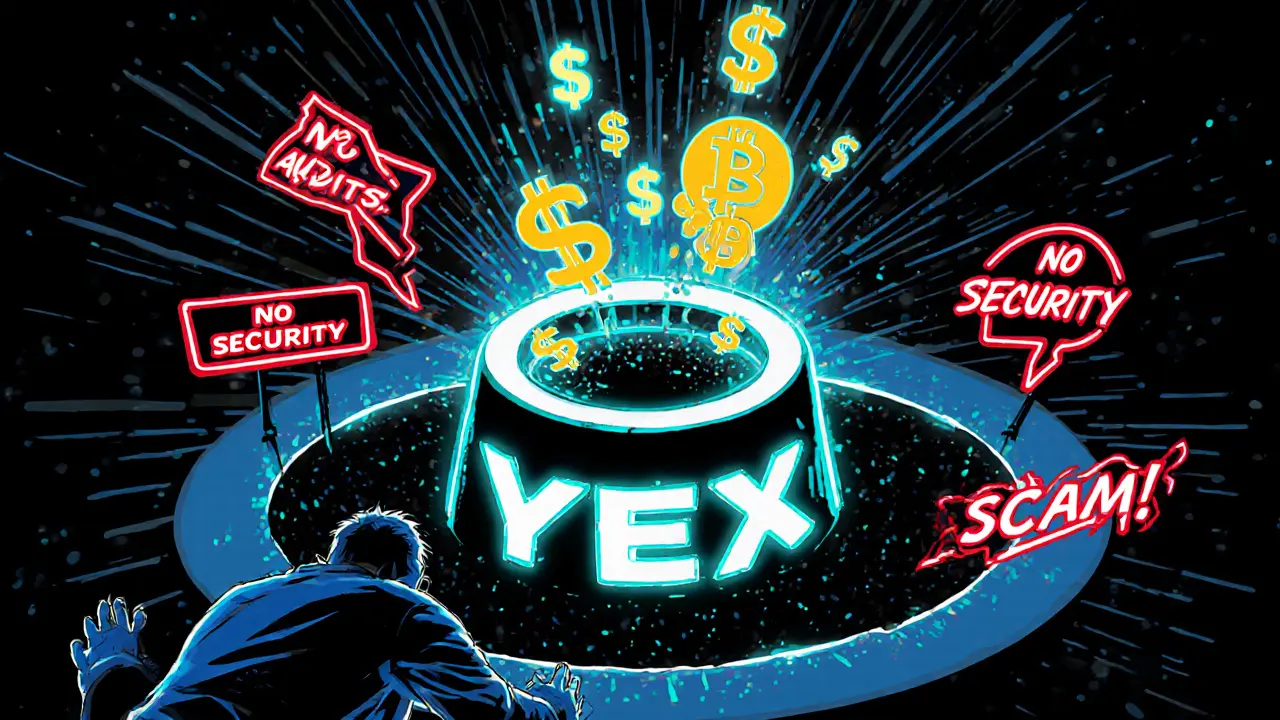Crypto Exchange Security: Safeguarding Your Digital Assets
When dealing with crypto exchange security, the practice of protecting digital‑asset platforms from hacks, fraud, and operational failures. Also known as exchange safety, it shapes how you pick a platform, store keys, and trade daily.
One of the first tools you’ll hear about is the multisig wallet, a wallet that requires multiple private keys to approve a transaction. Multisig adds a layer of crypto exchange security by preventing a single point of failure. Imagine you lose one key – the remaining keys still block a thief. This concept ties directly to exchange authentication, where many platforms now support 2‑FA, hardware keys, and even biometric checks.
Real‑World Threats That Test Exchange Security
Scams at crypto ATMs are a hot topic. A crypto ATM, a physical kiosk that lets you buy or sell cryptocurrencies for cash can be hijacked to dispense fake bills or skim private keys. When an ATM gets compromised, the breach often spreads to connected exchange accounts, showing how crypto exchange security must consider hardware as well as software. Keeping your ATM usage limited and verifying machine authenticity are simple steps that reduce risk.
Exchange reviews also play a crucial role. Take Bitbank exchange, a Japanese crypto platform known for its low fees and strong compliance measures. Bitbank’s security score comes from regular audits, cold‑storage ratios, and a transparent incident‑response plan. Comparing such reviews helps you spot platforms that actually invest in security, not just marketing hype.
Beyond centralized services, decentralized exchanges (DEXs) introduce a different security model. A decentralized exchange, a peer‑to‑peer trading venue that runs on smart contracts without a central custodian removes the single‑point‑of‑failure risk but adds smart‑contract bugs to the threat landscape. Understanding the trade‑off—custodial safety versus code risk—lets you decide which approach fits your risk appetite.
Putting it all together, crypto exchange security encompasses strong authentication (multisig wallets, 2‑FA), hardware vigilance (crypto ATMs), platform vetting (exchange reviews like Bitbank), and awareness of decentralized risks. Each piece reinforces the others, creating a defense‑in‑depth strategy that keeps hackers at bay.
Below you’ll find a curated set of articles that dig deeper into these topics—how mining difficulty affects network stability, detailed airdrop guides, VPN legal risks, and more. Use them to sharpen your security toolkit and trade with confidence.

YEX Crypto Exchange Review: Red Flags and Why You Should Avoid It
YEX crypto exchange shows all the signs of a scam: no audits, no user reviews, no security details. Avoid it at all costs. Stick to trusted platforms like Coinbase or Kraken instead.
October 29 2025
Top.one Crypto Exchange Review 2025: Features, Fees, Security & How It Stacks Up
A thorough 2025 review of Top.one crypto exchange covering fees, security, liquidity, regulatory status, and how it compares to major platforms like Binance, Kraken and Crypto.com.
September 22 2025
Mercatox Crypto Exchange Review 2025: Fees, Security, and User Experience
A 2025 review of Mercatox exchange covering fees, security, liquidity, user support, and how it compares to Binance and Coinbase.
January 12 2025